The Art of Craft
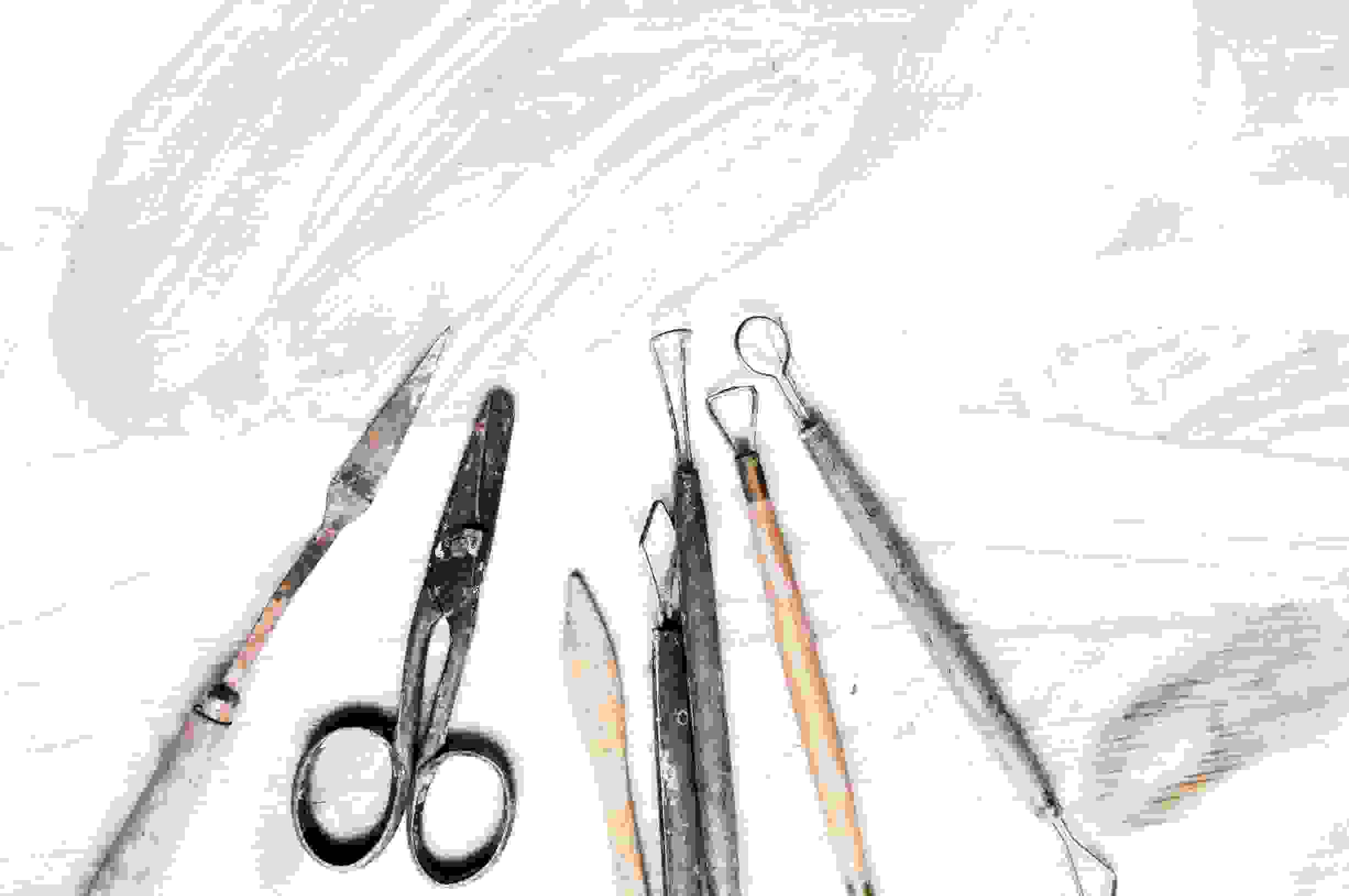
Handmade art and design is a celebration of the power of the human hand and eye. JUMP champions craft and creativity in this digital age and is driven by a love of physical materials. The hands-on approach has had a huge revival in the design world; screenprint, letterpress, woodblock, embroidery, ceramics and paper craft have become commonplace in graphic design, branding and advertising. Whilst craft is very much a domestic pastime, this movement is a result of the shift in consumer demand which places craftsmanship, heritage and provenance at a brand’s heart.
Today, technology dominates almost every aspect of life, with machinery lightening our workloads for a hundred years since modernism. But mass-produced, machine-made design has become less popular in recent years and the tactile, human qualities of manual craft have taken over. The decline of digital techniques means a new wave of makers and do-ers give more integrity to their art and there is, therefore, more value to handmade over machine-made as a crafted process.
Craft in Typography
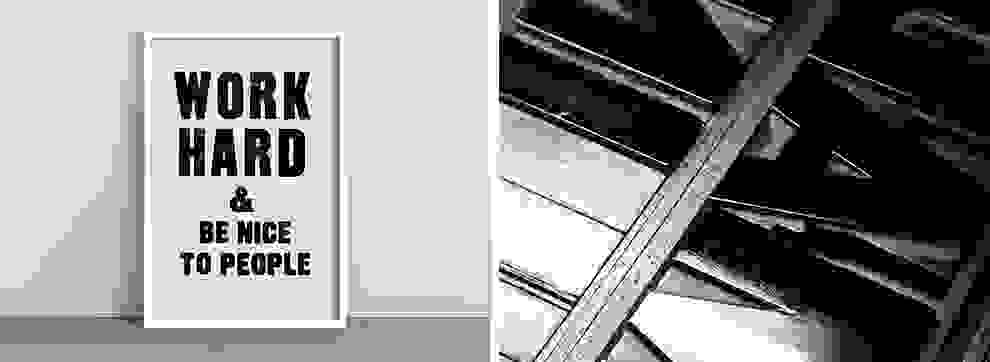
Graphic artist, print-maker and designer Anthony Burrill is best known for his ‘Work Hard & be Nice to People’ poster which adorns the walls of homes globally and has become a mantra for the design community and beyond. Burrill’s optimistic, minimal and bold style focuses on communication and language, using the traditional process of woodblock letterpress printing.
Woodblock typefaces are scarce and hard to come by which adds to the uniqueness of Burrill’s work. Type blocks are physically printed with ink and rollers from antique machinery which means that raw imperfections in the well-worn, well-used and often second-hand wood, become the beauty and individuality of the finished work. Woodblock makes one-off wonders, each with their own distinctive appeal, full of texture, character and history.
Some would argue that this kind of printing could be produced on a computer but once you see the step-by-step technique you appreciate how it’s being processed. Responding to the craft of printing and the physicality of the process, a piece is given integrity and honesty which cannot be replicated digitally. If something is perfect, does it have charm? Understanding how handmade, crafted objects are made allows you to appreciate the time and effort taken to produce it.
Craft in Editorial Design
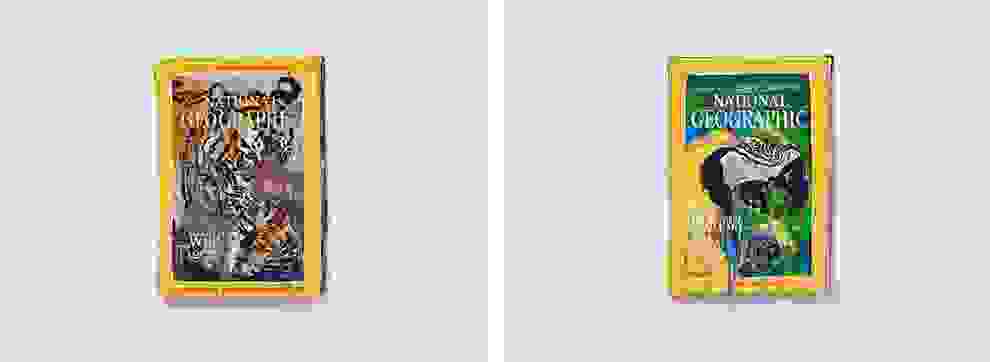
The perceptions of embroidery are of crocheted tea towels and quaint cushion covers but more recently, a new generation of artists challenge these notions and honour traditional techniques, refreshed with contemporary methods.
Fibre artist Lauren DiCioccio uses the traditional craft of hand-sewing and hand-embroidery. Her highly detailed work explores the presence and disappearance of day-to-day objects and the relationships we make with them. Dicioccio uses objects like newspapers, magazines and plastic bags as inspiration, objects which are mass-produced and renewed daily. This builds a routine and therefore a relationship which generates an emotional response. We consequently have a similar emotional response to the textiles and fabric used as we recognise the time, labour and care found in a handmade object. This time-intensive process gives these often disposable and overlooked objects preciousness and value. Embroidery is a rewarding technique, not only because beautifully, hand-crafted pieces can be created, but also because the technique itself is dated and obsolete.
DiCioccio believes that “when the thread tangles or becomes matted and overworked, or where the basting stitch is left to stand on its own; when the fabric wrinkles and twists rather than ironed flat and taut—those moments end up being the most beautiful parts in a piece. The mistakes and the looseness show the human hand and reflect the human spirit, and that’s the perfection.”
Embroidery explores form and texture, using thread to design in a fun and quirky way which gives value to needle-work as illustration. No two pieces are the same which gives them individuality and personality. DiCioccio brings embroidery into the digital age, giving a sense of nostalgia; it is a reminder of times gone by.
Craft in Logo Identity
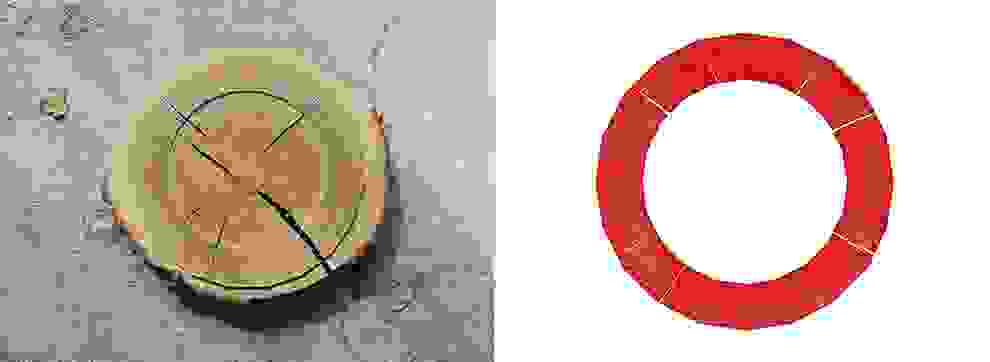
Shakespeare’s Globe Theatre’s brand identity by The Partners at first appears as a simple circle but behind this is a captivating story which connects the logo back to the original playhouse.
The Globe is an example of the old colliding with the new. The symbol of the logo is a 20-sided polygon which takes inspiration from the original architecture of the 16th Century theatre. Referencing the prologue of Henry V, the Globe is described as “this wooden O”, the theatre being built from oak. Taken from a permanent exhibition on the building’s reconstruction, the only remaining piece of oak from the timber used was crafted and carved into the 20-sided shape. This was then covered with ink and imprinted on paper to create the logo, the initial texture of the wooden block with cracks clearly visible. Even the colour palette, red, black and white, were chosen because of early printing processes in mind. The typeface used alongside this distinctive shape, Effra, which is a modernised version of a font from 1816 called Calson Junior, is inspired by historic artefacts and was used in Shakespeare’s original folios. Printed documents give the logo flexibility and it really has no fixed place but interacts with images so that the symbol of the theatre is where the action emanates from.
London boasts around 170 theatres across the city which have a combined annual audience of £22 million, so in a crowded market, differentiation is key. The logo preserves the theatre’s colourful and dramatic history which is perfectly represented by the rebrand. The mark is authentic whilst having a strong connection to one of the world’s greatest playwrights, Shakespeare, and once the viewer knows the enchanting story of the symbol’s connection to the building, it gives the logo mark a whole deeper level of meaning.
Craft in Animation
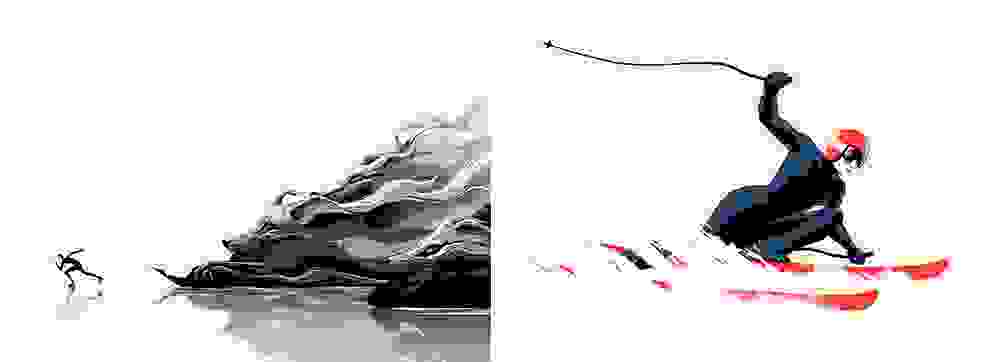
BBC Sport’s 2018 winter Olympics advert, ‘The Fearless Are Here’, is a dark and bold animation that captures the tournament's intensity, visually personifying the fear, focus and determination of Olympians.
The atmospheric and painterly-style animation is the making of creative agency Y&R London and animators Smith & Foulkes. Its fresh visuals and original approach uses entirely 2D spot animation which was drawn and animated in a virtual environment using emerging VR cinematography software. This allowed the freedom to personify the physical and psychological fear which athletes face. Held in Pyeongchang, Y&R developed an artistic style taking inspiration from Korean influences. Veering towards a traditional hand-drawn, textured look and away from an overly refined computer-generated animation, the dynamic brushwork style and a simple pared-back colour palette give the animation an edgy, modern feel. Veering away from being too electronic, even traditional, organic instruments that you might expect to hear such as strings and brass, are played but in an unconventional way.
Using this animation style allowed the athletes to perform at a fantasy level that a camera could never capture, as well showing perspectives not possible in reality, allowing creative licence.
Made by Hand
While our lives have become increasingly digitalised and we consume more and more on-screen, we must recognise the importance of the handmade and the hand-crafted. With a desire to reveal process and not just a finished object or piece, as well as a taste for customisation, one size certainly does not fit all. We have a post-industrial nostalgia for the pre-industrial, the presence of handmade brings design back to the ‘real’ world and fundamentally, we are rediscovering our hands as tools.